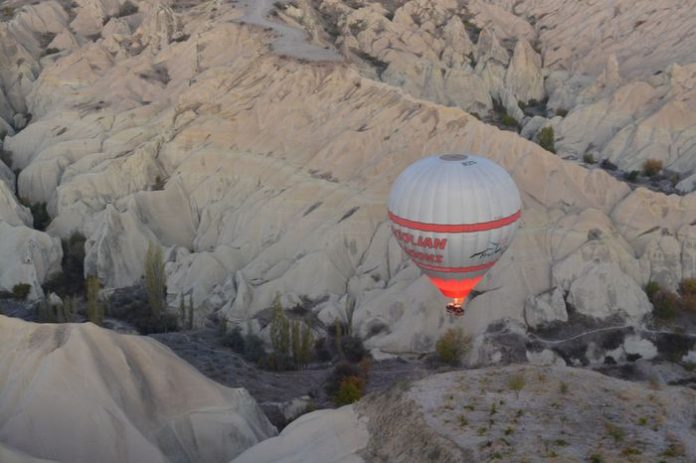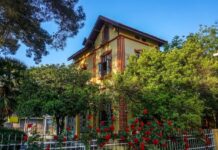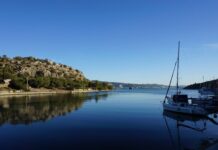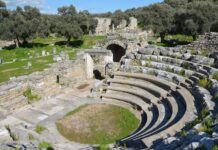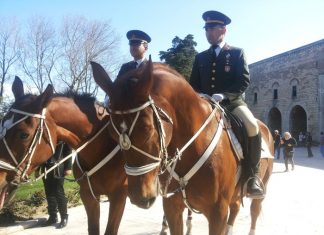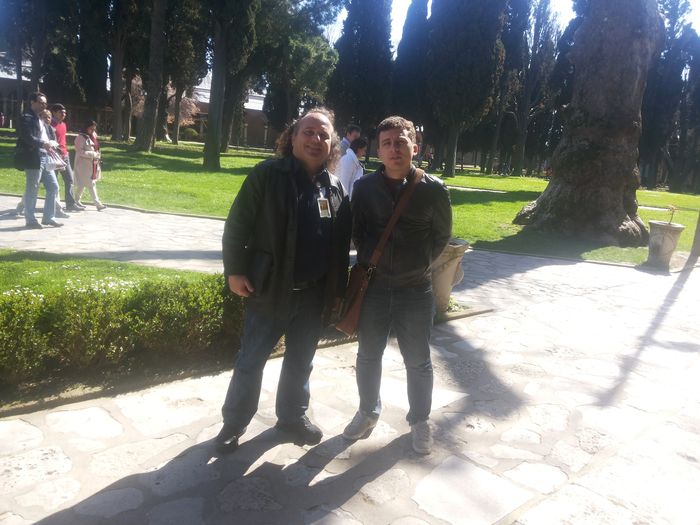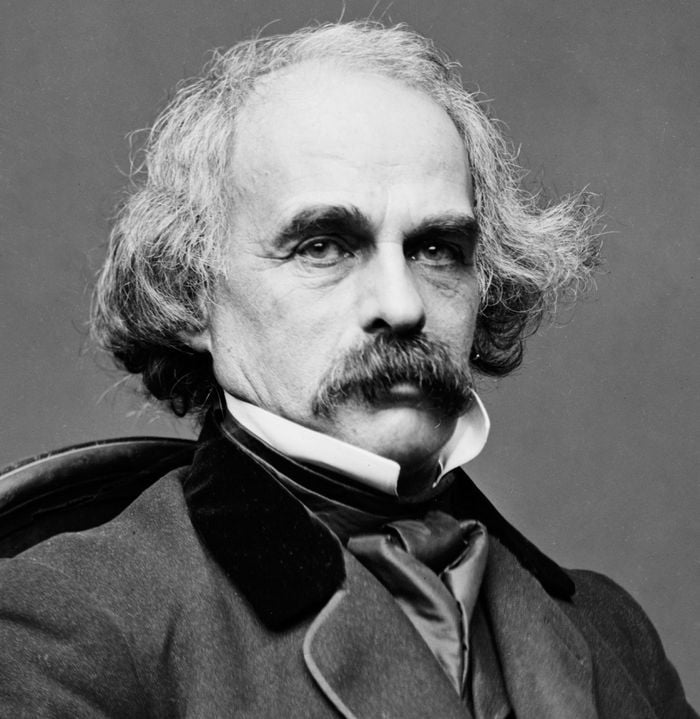Ancient Heritage along the Bosporus
The bubbling spring surrounded by trees near the railway station marks the location of the ancient Hermagoras. Haidar Pasha Plain serves as the gathering point for troops heading to the front on the Asiatic side. This vast plain is a cherished spot for Moslems and Oriental Christians on St. George’s Day, following the Greek Calendar (corresponding to May 5th). On this day, people from neighboring suburbs converge to celebrate the arrival of spring with a picnic feast featuring roast lamb.
A Historic Meeting Ground
Kadi Keui, adjacent to Haidar Pasha, occupies the site of ancient Chalcedon and is a preferred residence for British and other European residents in Constantinople. Steamers regularly commute between Galata Bridge and Kadi Keui almost every half-hour, from sunrise to sunset.
Echoes of Chalcedon’s Past
Ancient Chalcedon, once a rival to Byzantium, dates back to 685 B.C. An oracle famously referred to it as the ‘City of the Blind’ because its founder Maritime Landmarks Bosporus, Archias, a Megarian, overlooked the more advantageous site on the opposite promontory in Europe where Byzantium was later built. Chalcedon derived its name from the stream it was built on and was also known as Procerastis, alluding to the horn-like promontory between its two bays. A magnificent temple to Venus once stood on one of these bays, while another temple dedicated to Apollo was transformed by Constantine the Great into a Christian church dedicated to St. Euphemia Private Bulgaria Tours Yachting.
In 451 A.D., this church hosted the Fourth General Council, where 360 Fathers of the Church gathered in the presence of Emperor Marcian to denounce the monophysite heresy. Unfortunately, the Turks dismantled the church, repurposing its materials, including the four porphyry columns, in the construction of the Suleimanieh Mosque. During their ten-year rule from 616 to 626 A.D., the Persians are rumored to have entered Chalcedon through a tunnel they constructed beneath the walls leading to the market-place. Notably, Chalcedon was the birthplace of Plato’s disciple, Xenocrates.
